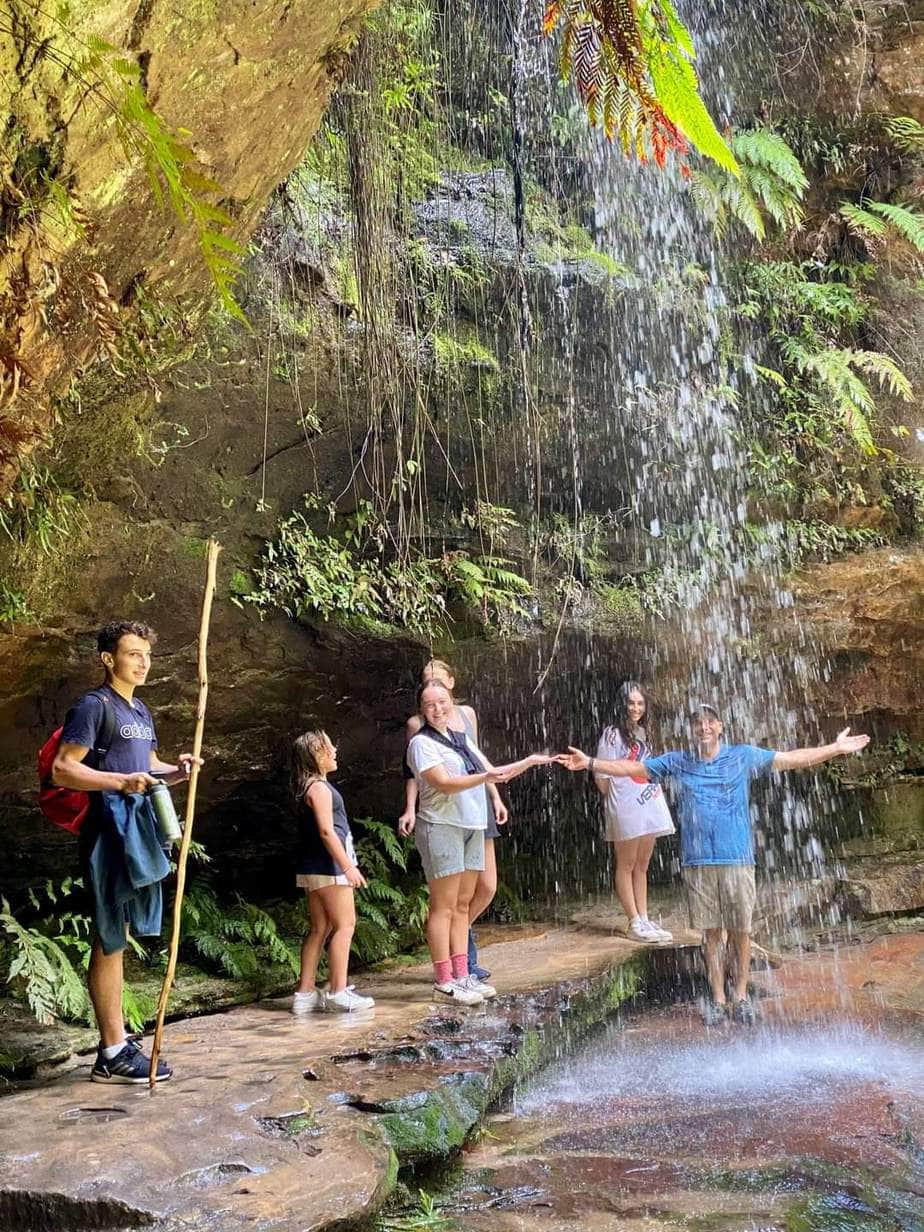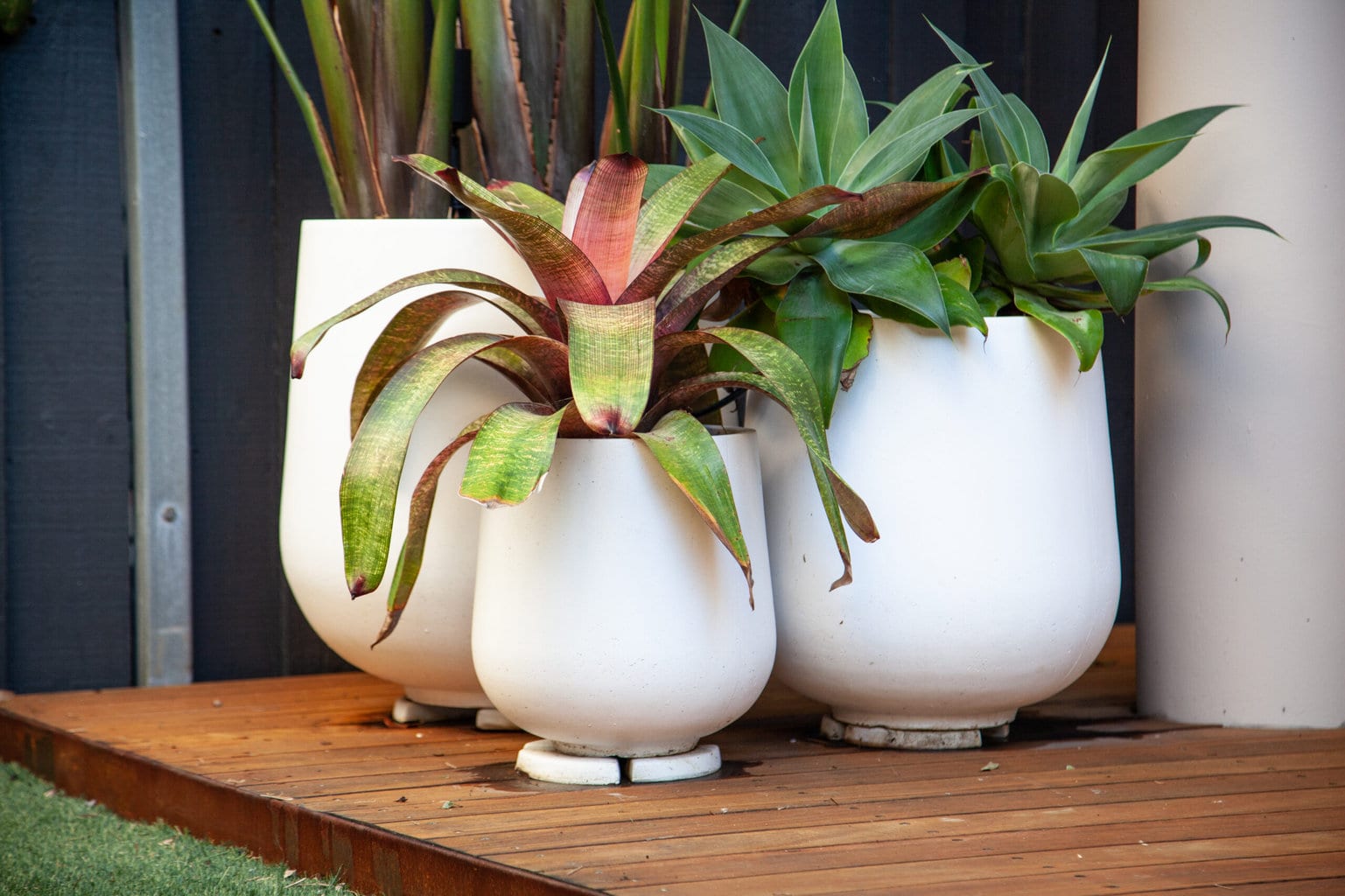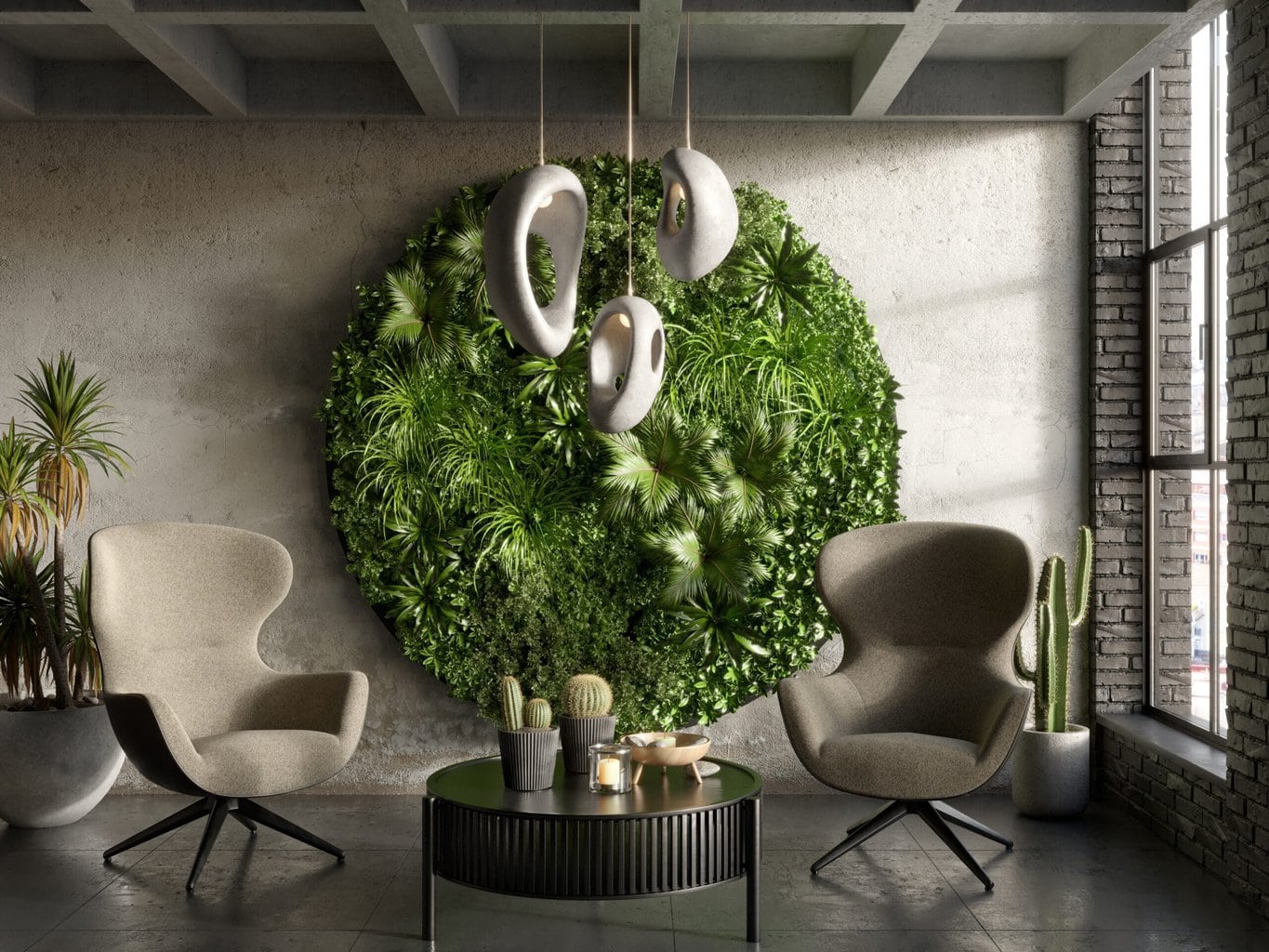“We don’t stop playing because we grow old; we grow old because we stop playing.”
– George Bernard Shaw
We all know the importance of planning, with January an obvious time to focus on goal- setting for the year. Usually our health, family and work feature at the top of most lists, but what about prioritising playing?
As a landscape designer and former actor and drama teacher, I understand well the importance of play. When we engage in Play – an activity for enjoyment rather than a serious or practical purpose, the focus is on the doing, rather than necessarily a means to an end. We focus on the present and put aside the self-critical part of our brain that restricts us from trying new things and divergent possibilities.
The benefits of play for children, are more broadly accepted. We know that play is important for their healthy brain development, learning social skills and developing creativity, imagination and many other benefits.
“Do not….keep children to their studies by compulsion but by play” – Plato 427-347BC
Importance of Play for Adults
For adults, however, play is less of a focus, but nonetheless critical in our stressful lives. It releases feel-good endorphins, improves memory, problem solving and overall brain function, stimulates creativity, enhances social connections and helps us feel younger and more energetic. It makes us feel happier, which can only benefit our mental, physical and emotional wellbeing.
With increased responsibilities as adults, it’s not surprising that many of us experience ‘a poverty of play’, as D.W. Winnicott, the British Paediatrician (1896-1971) stated.
Gardens as a Playground
Outdoor spaces are a terrific playground for both adults and kids. Gardens, in particular, allow adults to play, like we did as kids playing in the dirt. Though now we call it soil and gardening. Many of us know the satisfaction we get from planting seeds, young plants or herbs and vegetables, watering, tending to them and watching them grow. It’s one of the most rewarding and mood-boosting kinds of play.
As a landscape designer and horticulturist, one of my favourite parts of the design process is playing with design styling, with good old-fashioned pencil and paper, and exploring playful pieces in the garden as well as creative plant combinations. I will often say to clients ‘Now, we can play’, once we decide on the form or structure of the design.
Playfulness in garden design can come in many forms, from the design concept, line-styling, material choices, hidden nooks, objects for climbing, pops of colour, and other surprising, delightful and unexpected elements, including furniture, pots or artwork, to name a few.
In our work, as well as down time, playing doesn’t have to mean child-like, but more a freeing state of mind, in any area of life.
“Play is the highest kind of research” – Albert Einstein
With the start of a new year, it’s as good a time as any to plan more play in our lives – on our own, with our partners, children, friends, colleagues or broader community. If play is ‘training for the unexpected’, as Contemporary American biologist Marc Bekoff aptly writes, then during these uncertain and frequently dark times, perhaps play is precisely what we need more of.
Deb Meyer is a landscape designer, horticulturist and outdoor stylist with Vogue & Vine – a landscape design and outdoor furniture company in Sydney. www.vogueandvine.com.au. To follow Vogue & Vine, visit @vogueandvine on Instagram, Facebook and Pinterest.






